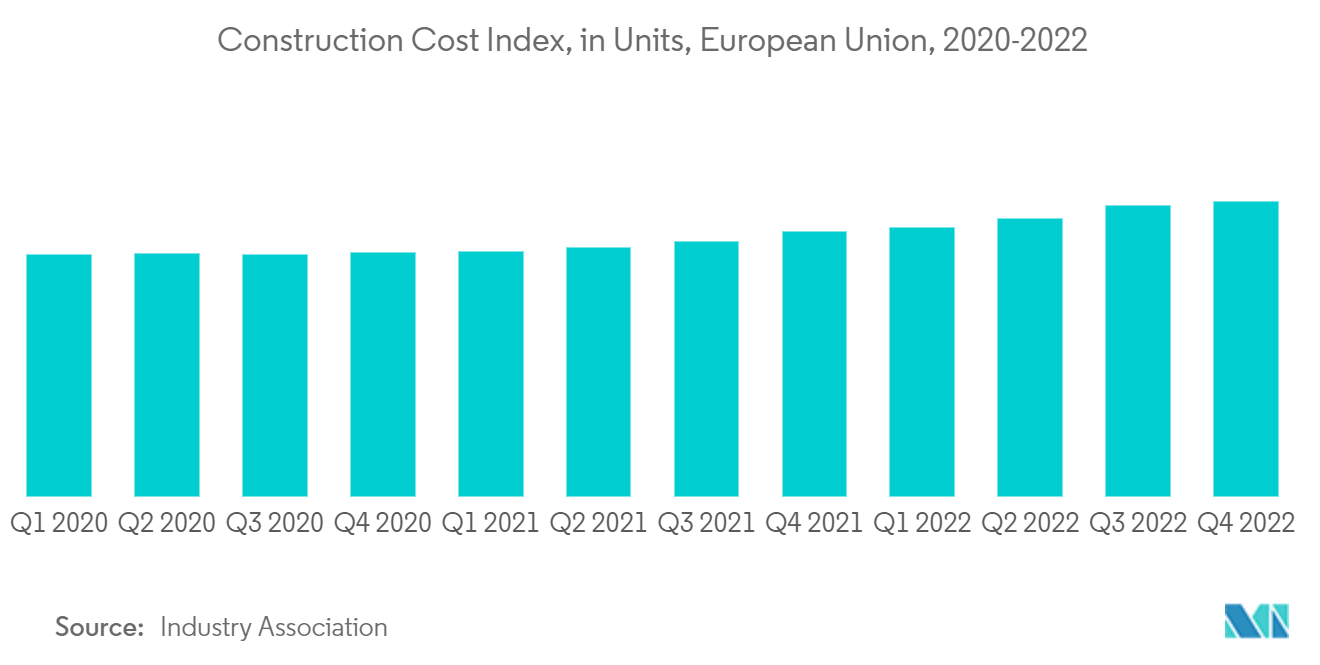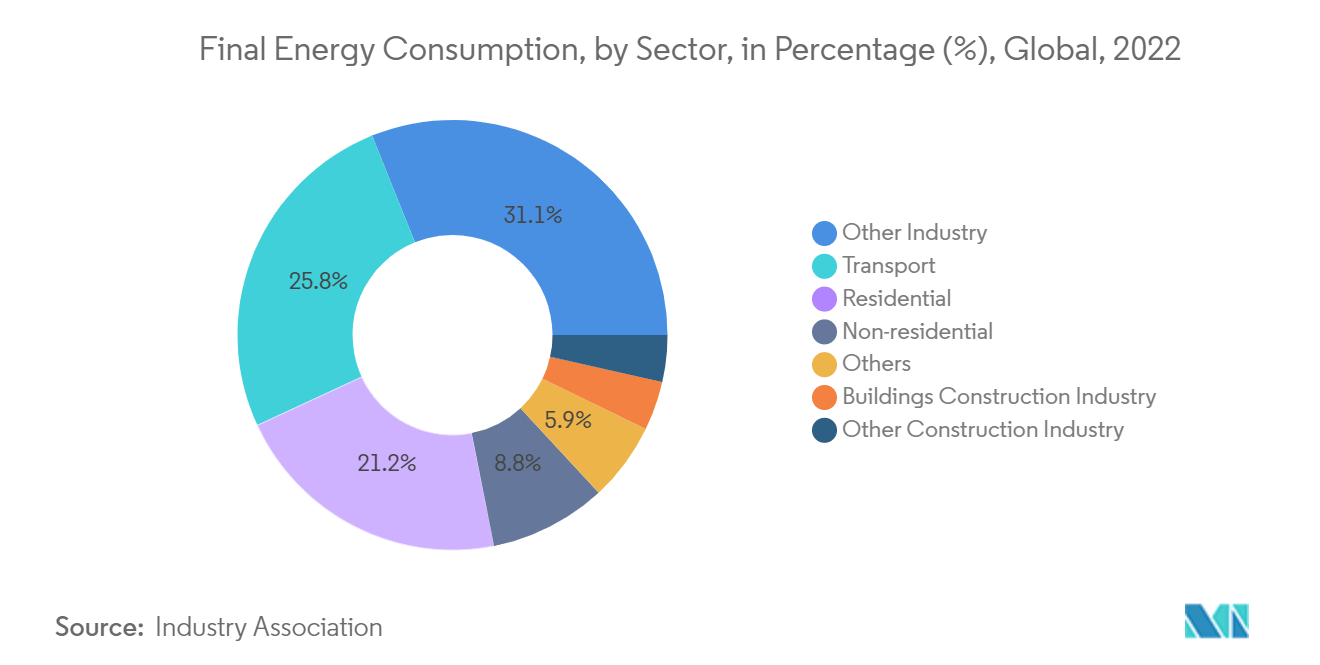Market Trends of Global Manufactured Homes Industry
Rising Construction Cost are Driving the Market Growth
Construction companies around the world have been facing increased cost pressures with rising steel and lumber prices. Materials, commodities, labor and supervision, subcontractors, and opportunistic cost, in general, are escalating in many places. There was a 10-16% price increase trend in the Americas over the 12 months of 2022. In Europe, increases of 10-25% (depending on the country) in 2022 have moderated but are still at elevated levels. The Asia-Pacific (APAC) experienced 10-12% inflation in 2022. Steel and other materials still need to meet demand, and a significant backlog is outstanding. With these cost increases, it becomes difficult for new homeowners to buy a home. Under such circumstances, people looking for a home may turn to manufactured homes.
Manufactured homes cost less because they are mass-produced and built on assembly lines, and manufactured homes are much more affordable than traditional homes. According to the Manufactured Housing Institute, manufactured housing costs about half of what a traditional house costs on a per-square-foot basis. The total cost of manufactured homes is around USD 100-200 per square foot; in contrast, a traditional new-build home averages USD 150 per square foot and can easily go as high as USD 400, depending on the locality. Furthermore, a modular home may be more expensive than a comparable manufactured one. Manufactured homes cost around USD 40 to 50 per square foot compared to USD 40 to 80 per square foot for modular homes. The average cost of a 2,000-square-foot modular home runs about USD 240,000. A comparable manufactured home runs more than USD 150,000-170,000. Customers can save hundreds of thousands of dollars by buying a manufactured home instead of a traditional one. Consequently, with the rising construction costs, the demand in the manufactured homes market may also rise.

Energy and Environmenal Efficiency are Strong Growth Drivers
According to a new report, carbon emissions and energy consumption in the buildings and construction sector rebounded to pre-COVID-19 pandemic levels in 2021. Around 10 gigatonnes of carbon dioxide (CO2) were emitted into the atmosphere in 2021 by the construction sector, according to the 2022 Global Status Report for Buildings and Construction. This is equivalent to a 5% increase from 2020 levels, exceeding the last peak in 2019 by 2%. Additionally, 2021 also saw the most significant increase in energy demand in the buildings sector in the last ten years at 135 exajoules, as per the intergovernmental organization International Energy Agency data. A lull in emissions was recorded in 2020 when the construction sector had temporarily come to a halt, but the study reveals a rebound back to pre-pandemic levels. Energy is consumed in the form of electricity and gaseous, liquid, and solid fuels and district energy for building energy uses (e.g., heating, cooling, cooking, lighting, and equipment) and is responsible for around 27% of global operational-related CO2 emissions (10 Gt CO2). The production of materials used in the construction of buildings, including steel, aluminum, concrete, glass, and brick, when combined with CO2 emissions, account for around 37% of global energy and process-related emissions. With this increased energy consumption and emissions, there is a need to look for better alternatives.
According to the Manufactured Home Institute, companies that build manufactured homes generate up to 90% less waste than traditionally built homes. Transporting and assembling a manufactured home on-site causes significantly less environmental damage than building a traditional home. According to the Housing and Urban Development Code, manufactured homes in the United States must have high energy efficiency. Therefore, only some manufactured homes are Energy Star certified, meaning they have met the EPA's strict energy performance standards. Manufactured homes today are 27% more efficient than manufactured houses built in 2016, and that means significant energy savings.
Additionally, there is less wastage when building a manufactured home because of the effective development process, and the scraps are often reused. The materials used to build manufactured homes are selected for their energy efficiency along with a more environmentally friendly construction or design. A prime example is comprehensive insulation to reduce heat loss and heating fuel energy usage. By adding environmentally friendly/safe insulation to a manufactured home's underside, walls, and roof alone, homes' energy use decreases up to 31%. Due to less energy usage and reduced environmental damage, manufactured homes may see increased adoption in the coming years.


